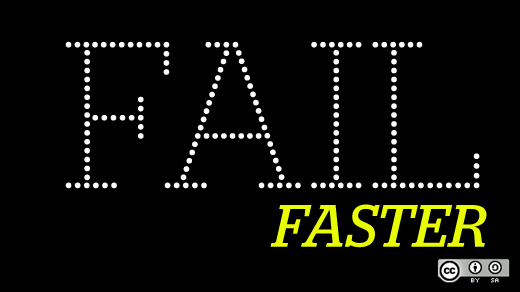If you look at the evolution of the IT landscape over the past 30 years, you see two distinct trends: the continued growth of the IT dinosaurs (mainframe computing and mainframe wannabes like Sun) and the emergence of highly modular, adaptable systems, which, by their very process of evolution, not only best suit the current needs, but plant the seeds for the next computer revolution. In the 1980s, modular UNIX systems sowed the seeds for Linux, which in the 1990s sowed the seeds for the rapid spread and adoption of the World Wide Web, which in the 2000s, sowed the seeds for companies like Amazon.com, Google, Facebook, and Twitter to aggregate and disseminate content as never before.
In the old days, when missions were presumed to be fixed, one could perform a fixed evaluation of a system and deem it fit or unfit for service. Today, when any single idea can, overnight, undermine critical infrastructure (Stuxnet), rewrite fundamental security assumptions (Anonymous), and overthrow governments (Wikileaks and the Arab Spring), today's "mission critical" systems are tomorrow's failures of imagination. Today, there are far too many IT systems that, for all intents and purposes, are "too big to fail," and that in and of itself represents a systemic risk that must be addressed.
The history of Google's datacenter (or Facebook's for that matter) is a history of rapid adaptation and unlimited scalability, made possible by modular open source software. What makes these systems "mission critical" is not their sheer size, nor the badges of the people who delivered them, but the fact that the more completely Google and Facebook adapt to what users need today, the more they change what users will want tomorrow. And they have the freedom and the flexibility to evolve their systems accordingly: faster, better, cheaper, forever. Mission adaptation is the new mission critical.
The Fedora project is an exercise in creative destruction: every six months, we identify the single biggest aspect of the project that has become "too big to fail," and we blow it up. We blow up software into more modular components; we blow up processes to create greater autonomy and agility; we blow up governance structures to allow for greater transparency and accountability. We encourage all our participants to fail faster in order to succeed sooner. This approach creates the raw materials that Red Hat uses for its commercial products, including Red Hat Enterprise Linux. The result: in six years of commercial release, the Linux kernel in Red Hat Enterprise Linux 4 has suffered zero critical security failures. In four years of commercial release, the Linux kernel in Red Hat Enterprise Linux 5 has suffered zero critical security failures. We understand from our clients in Ft. Meade that this is the first time they have ever encountered such a trustworthy operating system. Ever.
The Tokyo Stock Exchange used to suffer trade-stopping outages regularly. They changed the shape of the trading day just to give their systems a chance to "cool down" during lunch, and they still had outages. Other metrics were also in the red zone: non-competitive latency and ultra-high operating costs were not sustainable. NASDAQ and NYSE had already migrated to Red Hat Enterprise Linux when in January of 2010, the Tokyo Stock Exchange launched "Arrowhead," their own first deployment of it. Within seconds of the first new trading day of the year, traders noticed that matches, which previously took seconds to complete, were now instantaneous (2.5 ms worst case--6x faster than video refresh at 60Hz). Imagine the feelings of first the relief (it works!) and then the excitement (it's the fastest in the world!) on the floor that day. To date, they have not suffered a trading outage.
Open source represents a profound paradigm change to the way software is developed, deployed, and managed. But it also represents the most effective, efficient, and reliable way to ensure that the enterprise itself can evolve to address continuously changing requirements, environments, challenges, and opportunities. Open source software is the antidote to "too big to fail." It is a way to create mission capability that anticipates the future, and thereby creates the future.






4 Comments